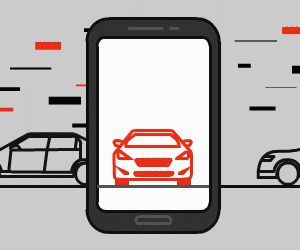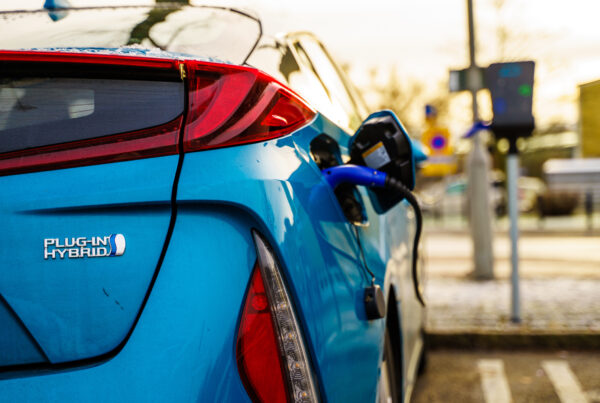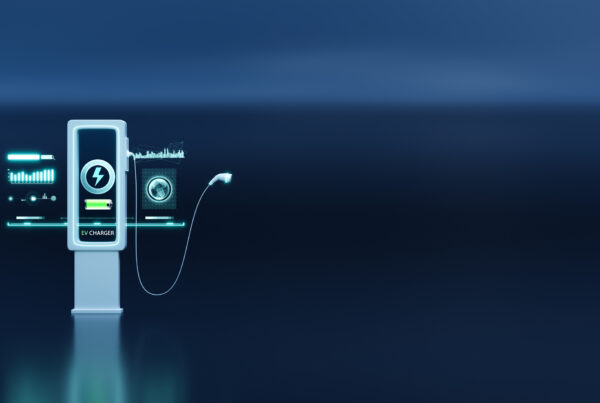Electric vehicles (EVs) are reshaping the future of transportation, reducing emissions and dependence on fossil fuels. Central to this revolution is the development of advanced battery technologies that enable longer ranges, faster charging, and increased efficiency.
From the widely-used Lithium-Ion batteries powering today’s most popular EV models to the emerging and promising Solid-State technology, the landscape of energy storage is undergoing a dynamic transformation.
This article explores the intricacies of these technologies and the upcoming advancements in this field.
Current Electric Vehicle Battery Technology
In the ever-evolving landscape of electric mobility, these innovative breakthroughs in battery technology are propelling us towards a more sustainable and efficient future. From utilising nature’s resources to wireless charging dreams, these advancements are set to redefine the way we drive and the way we power our vehicles.
As we stand at the cusp of a transformative era, one thing is certain: the road ahead is electric, and it’s powered by cutting-edge battery innovations.
Batteries Beyond Energy Storage: A Structural Evolution
The integration of batteries as structural components marks a turning point in EV design and performance. Researchers at Chalmers University of Technology have pioneered this concept by ingeniously incorporating carbon fibre as the negative electrode and lithium iron phosphate as the positive electrode. Beyond energy storage, these innovative batteries enhance structural rigidity, ensuring the EV’s safety while optimising space and reducing weight. This revolutionary approach not only boosts efficiency but also embodies the convergence of form and function in electric mobility.
Carbon Nanotubes: A Fast Lane to Enhanced Energy
NAWA Technologies has harnessed the potential of carbon nanotubes to propel battery capabilities to new heights. Their Ultra-Fast Carbon Electrode, based on vertically aligned carbon nanotubes, promises a seismic leap in power. This technological marvel boasts triple the energy storage capacity of conventional batteries and an extended lifespan. The forecasted ability to achieve 80 percent charge in just five minutes ushers in a new era of rapid charging and reduced downtime. The impending integration of this technology, possibly as soon as 2023, signals a significant leap forward for EV adoption.
A Cobalt-Free Revolution: Paving the Path to Sustainability
Cobalt-free batteries are championing the cause of both environmental consciousness and resource scarcity. Researchers at the University of Texas have engineered lithium-ion batteries that bypass cobalt, favouring up to 89 percent nickel, alongside aluminium and manganese. A similar wave of innovation is sweeping through SVOLT, a Chinese company, as they produce cobalt-free batteries with elevated energy density and an impressive single-charge range of up to 500 miles. These advancements not only mitigate ethical concerns but also present a more sustainable future for EV power.
Harnessing Nature’s Resources: Silicon Anode Batteries
The University of Eastern Finland is spearheading efforts to capitalise on nature’s offerings with silicon anode batteries. By harnessing mesoporous silicon microparticles and carbon nanotubes, this hybrid anode taps into silicon’s inherent potential, promising substantial performance enhancements. The use of environmentally friendly barley husk ash as a silicon source underlines the commitment to sustainable practices and eco-friendly innovation in battery technology.
Seawater-Powered Batteries: An Oceanic Revolution
IBM Research’s pioneering battery chemistry, derived from seawater, reshapes the landscape of EV power. These batteries offer unparalleled cost-efficiency, charging speed, and energy density. By sourcing materials from seawater, the production costs are significantly lowered, laying the groundwork for economically viable and environmentally friendly energy storage solutions. A strategic partnership with Mercedes-Benz propels this technology towards future EV applications.
Sand-Powered Performance: Unlocking Silicon’s Potential
Researchers at the University of California Riverside are harnessing the power of sand to usher in a new era of battery performance. By harnessing pure silicon from sand, these batteries exhibit threefold superiority over traditional graphite-based lithium-ion counterparts. Startups like Sila Nano, backed by industry giants Daimler and BMW, are at the forefront of commercialising this technology, potentially offering a 40 percent battery performance boost.
Wireless Empowerment: EV Charging via Wi-Fi and Ultrasound
The prospect of EV charging over Wi-Fi tantalises with the potential to redefine refuelling convenience. Researchers have developed radio wave harvesting antennas, like those made from molybdenum disulphide (MoS2), with the ability to convert AC power into DC power, eliminating the need for physical charging stations. Additionally, companies like uBeam are exploring the conversion of power into sound waves, hinting at a future where wireless charging could extend beyond handheld devices to electrify vehicles seamlessly.
The 5-Minute Revolution: StoreDot’s Lightning Charge
StoreDot’s breakthrough charger, powered by organic peptide compounds, offers not only unparalleled speed but also safety. Recharging smartphones in just a minute and working towards EV batteries that charge in five minutes with a range of 300 miles, StoreDot’s innovation could significantly reshape charging infrastructure, mitigating range anxiety and enabling longer journeys on a fraction of the time.
Batteries of Endurance: Nanowires That Defy Degradation
At the University of California, scientists are unravelling the secret to everlasting EV batteries. Nanowire batteries, crafted from gold and thousands of times thinner than a human hair, have shown unprecedented durability, enduring over 200,000 recharging cycles without signs of degradation. This extraordinary technology not only holds the promise of long-lasting EVs but could also redefine the way we approach energy storage across industries.
Final Words
The landscape of electric vehicle battery technology is both exciting and dynamic. With continued innovation and investment, the future of EVs seems bright, characterised by longer ranges, faster charging, improved sustainability, and affordability.
The next few years could witness a significant shift in how we perceive and use personal transportation, making EVs not just an alternative but a preferred choice for many consumers. Whether it’s the promise of solid-state batteries or the advent of wireless charging, the road ahead is filled with possibilities that will shape the future of mobility.
Did you find this article interesting? Give it a ‘like’ by clicking the ‘heart’ button above!




















